'Danish Golden Age: World Class Art between Disasters' at Statens Museum for Kunst, Copenhagen
P.C. Skovgaard, Beech Wood in May near Iselingen Manor, Zealand, 1857, Statens Museum for Kunst, Copenhagen. © Statens Museum for Kunst, Copenhagen
The Danish Golden Age of art is currently attracting plenty of attention from museums and art collectors all over the world, and paintings from the period are fetching large amounts at auctions in Denmark and abroad. From August 2019, SMK will welcome visitors to the largest exhibition – supported by two foundations – ever staged about the Golden Age of Danish art. The exhibition will offer opportunities for revisiting familiar classics and discovering rarely shown works.
N.F.S. Grundtvig, Hans Christian Andersen, Johanne Louise Heiberg and Søren Kierkegaard. Even though Denmark’s very existence was threatened on several occasions during the nineteenth century, the period also brought forth some of Denmark’s greatest cultural figures ever, becoming one of the most creative eras in Danish art and culture. We got a Danish Golden Age. And in many ways, the artists of the Golden Age created the image of Denmark and Danish landscapes that we have known and cultivated ever since: the majestic beech forests, the golden coasts and the well-groomed interiors of bourgeois homes.
C.A. Lorentzen, The Most Terrible Night. View of Kongens Nytorv in Copenhagen During the English Bombardment of Copenhagen, 1807, Statens Museum for Kunst, Copenhagen. © Statens Museum for Kunst, Copenhagen
This autumn, the National Gallery of Denmark (SMK) will show a comprehensive exhibition about the Danish Golden Age: numbering more than 200 paintings and drawings from the period 1807 to 1864, this will be the largest presentation of Golden Age art ever accomplished in Denmark. The exhibition is produced in collaboration with Petit Palais in Paris and the National Museum in Stockholm, which owns the largest collection of Danish Golden Age art outside of Denmark.
International interest in Danish Golden Age art has been on the rise in recent years; auction houses see growing international demand, and several of the world’s leading museums have acquired works from the period. Their number includes the Louvre in Paris, the National Gallery in London and the Metropolitan Museum of Art in New York.
Christoffer Wilhelm Eckersberg, Woman Standing in Front of a Mirror, 1841, Hirschsprung Collection, Copenhagen © Statens Museum for Kunst, Copenhagen
Expanding the conventional view of the period, the exhibition Danish Golden Age – World-class Art Between Disasters extends the time span of the Golden Age. Bookended by two historic disasters – the bombardment of Copenhagen in 1807 and the war in 1864 – the exhibition presents Golden Age ideas and narratives about Copenhagen, nature, bourgeois family life, international inspirations, morals and eroticism.
Traditionally, the Danish Golden Age has been held to end around 1850 with the introduction of constitutional rule in Denmark in 1848 and The First Schleswig War of 1848–51. However, the National Gallery of Denmark now lets it continue until 1864.
“Our decision to extend the Golden Age by fourteen years rests on the fact that Denmark’s defeat in 1864 marked a decisive break with the culture and outlook on life represented by the Golden Age. The extended time span also paves the way for greater artistic range, allowing room for more artists besides Eckersberg and his most famous pupils. The new inclusions boast figures such as Johan Ludvig Lund, Elisabeth Jerichau-Baumann, Ditlev Blunck and Louis Gurlitt as well as several flower painters, both male and female”, explains Peter Nørgaard Larsen, senior researcher and chief curator at SMK.
Christen Købke, A View from Dosseringen near the Sortedam Lake Looking towards the Suburb Nørrebro outside Copenhagen, 1838, Statens Museum for Kunst, Copenhagen. © Statens Museum for Kunst, Copenhagen
The painters of the Danish Golden Age worked at an age when the idea of a common nation and a common language became the focal point for Denmark, by then the tattered remains of a formerly great realm. It was also a time of flourishing artistic interplay and relationships between artists, writers, poets, composers, the stage and scientists.
“The period sees the emergence of a completely new and fruitful dialogue between painters, musicians and scientists. And new academic fields of study such as meteorology, botany and archaeology become visible in art. The people of the time ask many questions: What is Denmark and Danish art? What is a family and what is friendship really? And how can we best educate and better ourselves and each other?” states Peter Nørgaard Larsen.
Christine Løvmand, A Bouquet of Flowers at the Foot of a Tree, 1832, Statens Museum for Kunst, Copenhagen. © Statens Museum for Kunst, Copenhagen
The exhibition presents more than forty of the period’s greatest artists such as Christen Købke, Christoffer Wilhelm Eckersberg, Elisabeth Jerichau-Baumann, Constantin Hansen, Martinus Rørbye and Peter Christian Skovgaard alongside less familiar names such as Sally Henriques, Christine Løvmand, Hermania Neergaard, Frederik Sødring and Thorald Læssøe.
The exhibition is produced in collaboration with Nationalmuseum Stockholm (28 February – 21 July 2019) and the Petit Palais in Paris (28 April – 16 August 2020).
Christoffer Wilhelm Eckersberg, View through a Door to Running Figures, 1845, Statens Museum for Kunst, Copenhagen. © Statens Museum for Kunst, Copenhagen.
Constantin Hansen, Portrait of a Little Girl, Elise Købke, with a Cupin front of her, 1850, Statens Museum for Kunst, Copenhagen. © Statens Museum for Kunst, Copenhagen.
Ditlev Blunck, Nightmare, 1846, The Nivaagaard Collection. © Statens Museum for Kunst, Copenhagen.
Elisabeth Jerichau-Baumann, Mermaid, 1847, Private property. © Statens Museum for Kunst, Copenhagen.
Elisabeth Jerichau-Baumann, A Wounded Danish Soldier, 1865, Statens Museum for Kunst, Copenhagen. © Statens Museum for Kunst, Copenhagen.
Frederik Vermehren, A Jutland Sheperd on the Moors, 1855, Statens Museum for Kunst, Copenhagen. © Statens Museum for Kunst, Copenhagen.
Johan Thomas Lundbye, A Danish Coast. View from Kitnæs on Roskilde Fjord. Zealand, 1843, Statens Museum for Kunst, Copenhagen. © Statens Museum for Kunst, Copenhagen.
Lorenz Frølich, Study of a Dead Rat, 1841, Ny Carlsberg Glyptotek, Copenhagen. © Statens Museum for Kunst, Copenhagen.
Martinus Rørbye, from the Artist’s Window, 1825, Statens Museum for Kunst, Copenhagen. © Statens Museum for Kunst, Copenhagen.
Wilhelm Bendz, A Sculptor in his Studio Working from the Life, 1827, Statens Museum for Kunst, Copenhagen. © Statens Museum for Kunst, Copenhagen.
Wilhelm Bendz, Tumour in Regio Patellaris, 1827, Medecine Museum, Copenhagen. © Statens Museum for Kunst, Copenhagen.
Wilhelm Marstrand, Portrait of Otto Marstrand's two Daughters and their West -Indian Nanny, Justina, in the Frederiksberg Gardens, near Copenhagen, 1857, Statens Museum for Kunst, Copenhagen. © Statens Museum for Kunst, Copenhagen.

/https%3A%2F%2Fprofilepics.canalblog.com%2Fprofilepics%2F1%2F0%2F100183.jpg)
/https%3A%2F%2Fstorage.canalblog.com%2F03%2F02%2F119589%2F96711876_o.jpg)
/https%3A%2F%2Fstorage.canalblog.com%2F11%2F31%2F119589%2F94773502_o.jpg)
/https%3A%2F%2Fstorage.canalblog.com%2F20%2F83%2F119589%2F94772815_o.jpg)
/https%3A%2F%2Fstorage.canalblog.com%2F26%2F72%2F119589%2F75604929_o.jpg)
/https%3A%2F%2Fstorage.canalblog.com%2F59%2F60%2F119589%2F26458628_o.jpg)

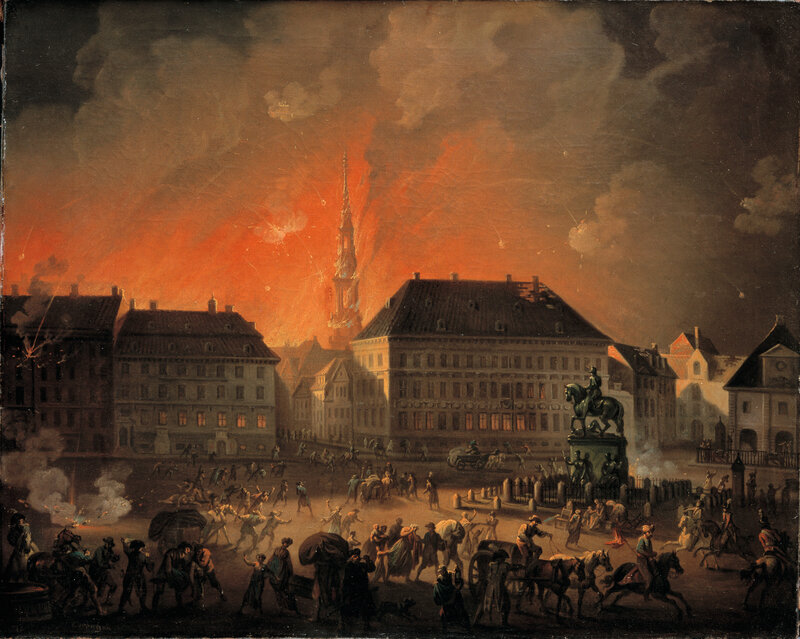
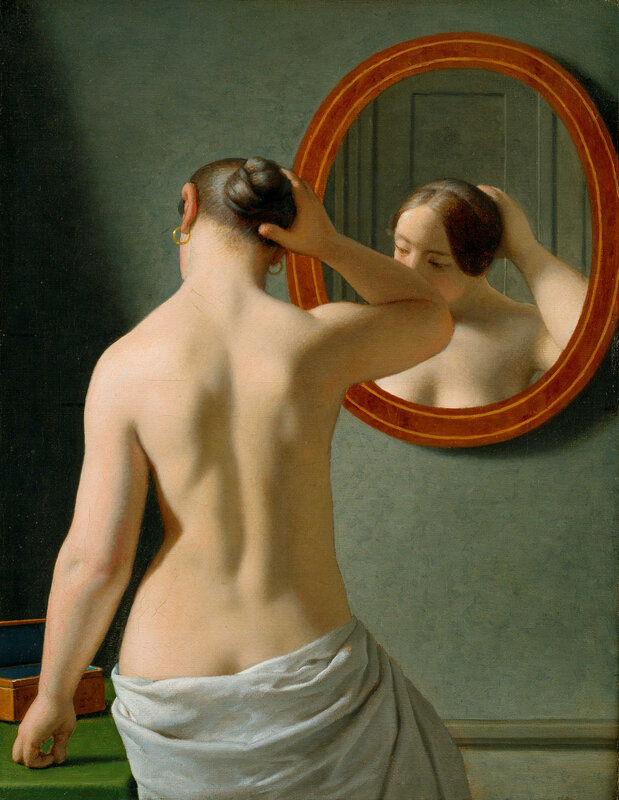
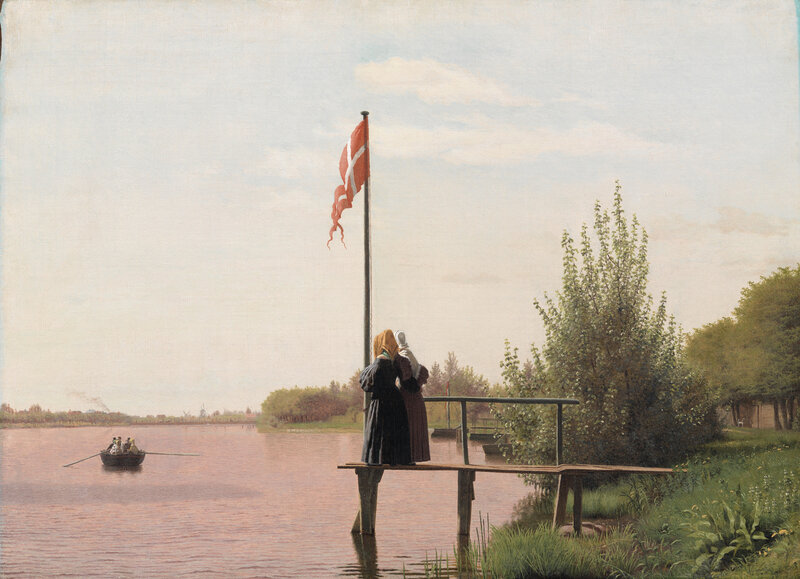


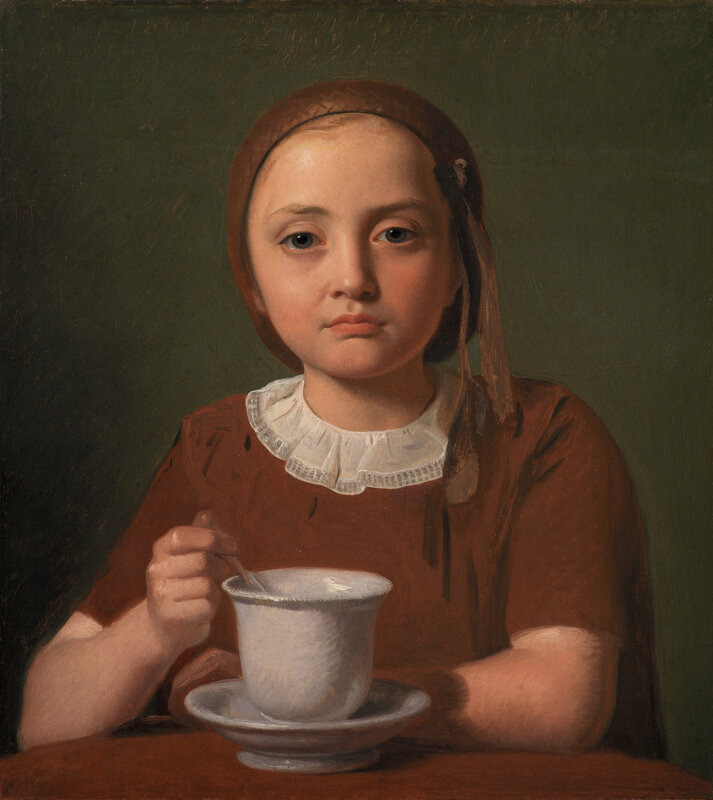

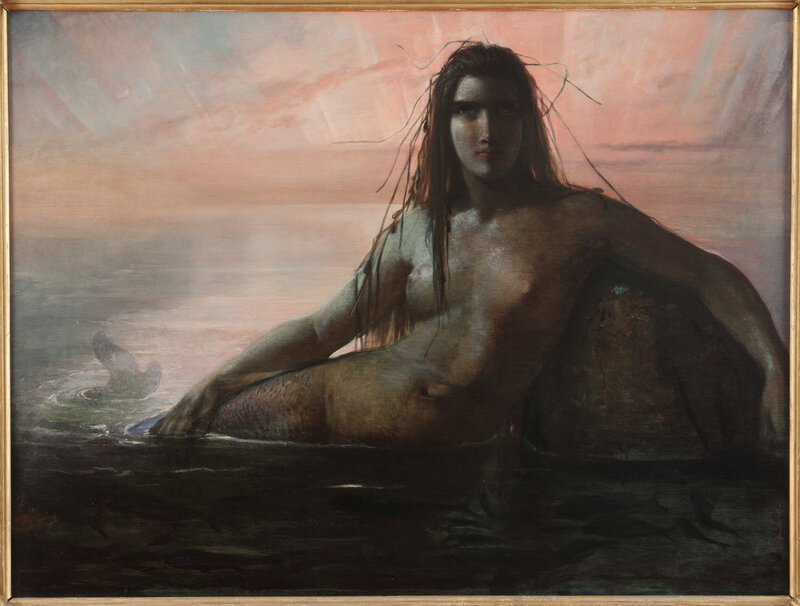

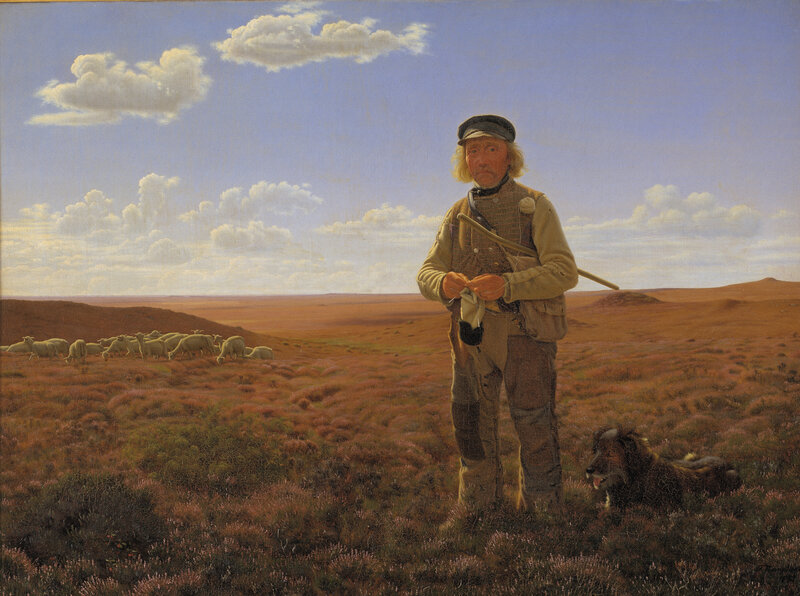



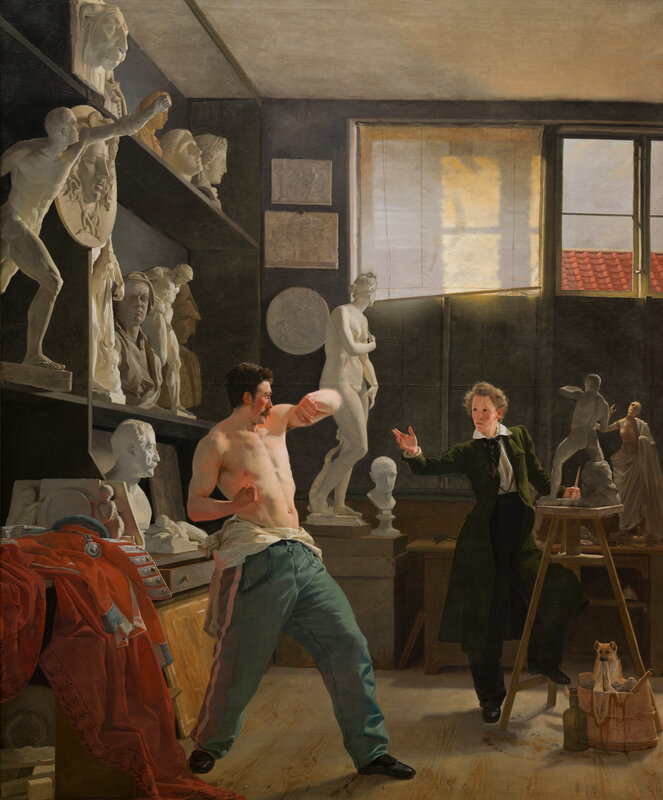
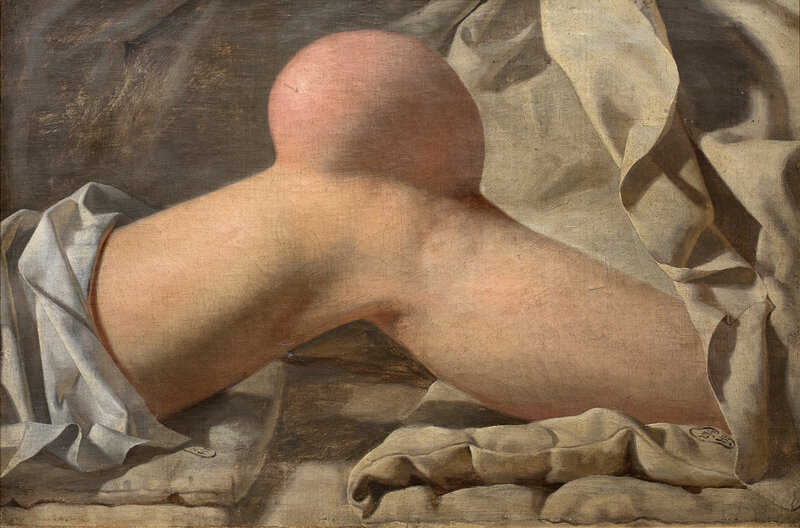



/http%3A%2F%2Fstorage.canalblog.com%2F51%2F05%2F119589%2F110197242_o.jpg)
/image%2F1371349%2F20240418%2Fob_ac5c4c_telechargement.jpg)
/image%2F1371349%2F20240418%2Fob_709b64_304-1.jpg)
/image%2F1371349%2F20240418%2Fob_22f67e_303-1.jpg)